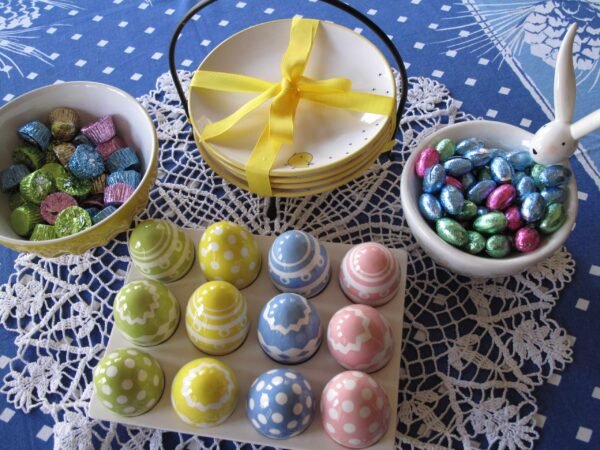
5 Simple Tips to Rock the ‘Underconsumption Core’ Trend
Gen Z is shaking things up with a new TikTok trend called “underconsumption core,” cutting spending to fight inflation and protect the environment.

With Google searches for ‘underconsumption’ skyrocketing by 938%, here, we help YCB readers to join the anti-consumerism revolution.
Avery Morgan, productivity expert and Chief Communications Officer at an all-in-one website for students’ needs, EduBirdie, shared with us her 5 tips to master the trend:
1. Wait before buying
Set a 30-day rule for non-essential purchases. When you find something you want, wait 30 days before purchasing it. Often, the initial desire fades away and you understand you don’t need it at all. Yet, if you still want to buy the item, you’ll know that you will use it often and it won’t be covered in dust. This minimizes impulse purchases and guarantees that you spend money on things that add value to your life. Try to keep a wish list for things you want to buy with links to them so you can always go back to it.
2. Borrow or rent instead of buying
Try borrowing from friends or renting stuff you don’t use regularly. This works great for tools, sporting equipment, and formal suits. For example, rather than buying a power drill that you would only use a few times a year, rent one from a local hardware store. This practice saves you money, lessens clutter in the house and the need for new things. Not to mention that it develops a sense of community, which is often lost in today’s digital, individualistic world.
3. Minimize food waste
To avoid buying extra food that will go to waste, plan your meals for the week ahead. Make a grocery list based on your meal plan and stick to it when you go to the store. This both saves you money and ensures that ingredients are used up before they spoil. Additionally, never go grocery shopping hungry — it’ll make it harder for you to stick to the list. Try batch cooking or meal prepping ahead of time to make the most of your groceries.
4. Reduce, reuse…upcycle!
Before rushing out to buy something new, consider if you can make it yourself or upcycle something you already have. DIY projects save you money and allow you to customize objects. For example, reusing old furniture with a fresh coat of paint or using glass jars as containers for storage can provide new life to items that would otherwise be trashed.
5. Prioritize experiences over things
Move your focus away from buying shiny, new material goods and toward investing in experiences. Rather than buying the latest gadget or a new outfit, invest in activities that bring you joy and create long-lasting memories. Whether it’s a weekend getaway, a culinary lesson, or a simple picnic in the park, experiences frequently give greater satisfaction than material things.












































